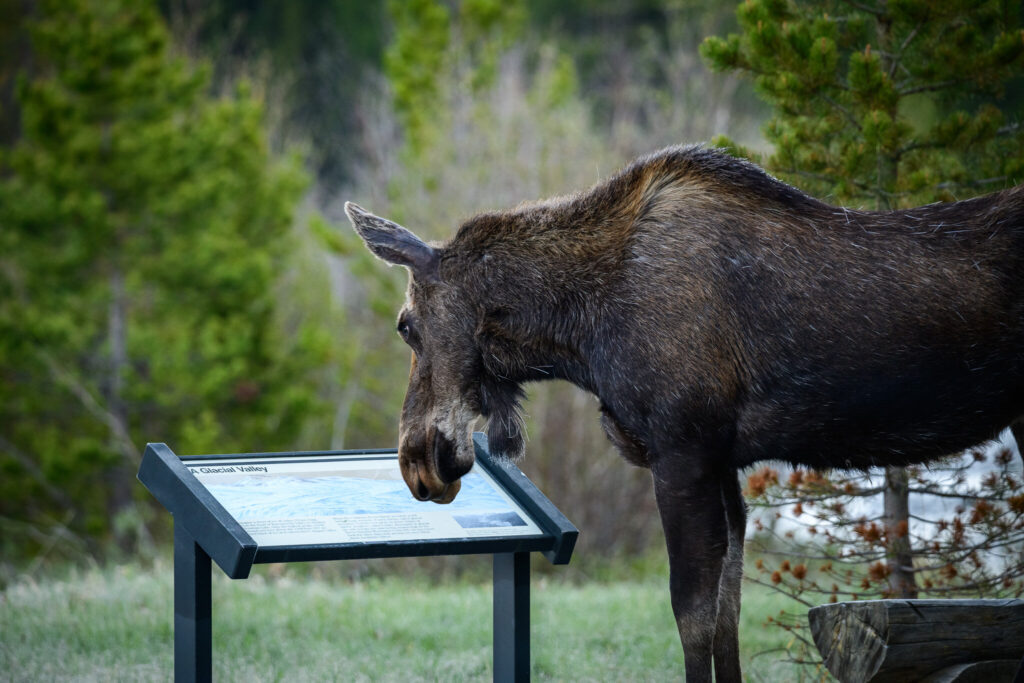Open up any nature photography how-to book or take part in a landscape photography workshop and you will most likely learn that a little planning before you go will lead to better results.
This planning usually starts with studying maps or consulting dedicated apps like Photo Ephemeris. Whenever possible, this should be followed by a scouting trip to the desired location. Then it’s time to assemble the pieces of the puzzle – what is the topography like; where and when does the sun rise and set over the year; is there vegetation that will change colour throughout the seasons; do I have to take tides into account, and so on. Then you can come up with a plan for when to go and where exactly to set up for the perfect picture.
Additionally, you will also need to be aware of opening times that sometimes apply to protected areas. I learned this the hard way very early in my career. After getting up in the middle of the night and driving for five hours to catch the 6am sunrise, I ended up in front of a gate that said Open from 9am…
Just as important as the above, although rarely mentioned, is to think ahead about the potential impact on the environment of the photo shoot, especially on those places where we set up our tripods. In the current climate (pun intended) outdoor photographers carry a bigger responsibility than just producing “the shot”.
How do we do this? I start with one of the basics: travel. I have found this to be a delicate subject but we should ask ourselves if it is really necessary to travel hundreds or thousands of kilometers for a few pictures and is it worth the resulting environmental impact. This whole issue of travel photography is probably worth a discussion of its own. The problem when travelling is not only the feared carbon footprint, it is also the impact of the masses that gather in certain locations. Groups of photographers visiting and fighting over the best viewpoint can do considerable damage to an ecosystem – Iceland is one of the more current examples of this problem.
Unfortunately it is not only the herd mentality that can cause damage. On occasion it is also the lone individual. I remember a situation a number of years ago when I was out with two fellow photographers. We were planning the evening shoot and one of my companions suggested we capture the sunset from the top of a particular mountain. There had been some issues regarding access to that area, and, more importantly, the blanket bog that covers parts of this landscape is home to fragile and rare plant communities. Nevertheless my companions decided to go for it. In order to get in and out as fast as possible (to avoid trouble with the landowners) the plan emerged to do the ascent in a 4X4 via some farm access roads and some cross country driving. This was the moment I dropped out. I don’t know what became of the plan but thinking about the damage a 4×4 can do to a sensitive ecosystem still sends shivers down my spine.
This is probably an extreme example of how not to behave but it illustrates the questions we should ask before we set out to our chosen location. Some basic knowledge of the habitat or ecosystem you are planning to work in is not only helpful but in many cases necessary. Especially if you are planning to photograph any kind of wildlife you need to be aware of its habits and behaviour and this not only applies to the big and cute ones. A slimy invertebrate deserves the same respectful treatment as a cuddly brown bear.

It is important to know when wildflowers are in bloom, the time of day animals are active and how to interpret the animals’ behaviour. The latter not only protects the animal from unnecessary stress but also yourself from possible injury or worse. You might wonder if a landscape photographer really needs this kind of detailed information to get an image. But be aware that there are habitats that can turn on you if you go in unprepared. If you don’t know the terrain, overgrown bog-pools can swallow you whole, unpredictable micro-climates and weather changes on mountains can leave you stranded or if you ignore the tides while photographing on the beach you may end up cut off from the mainland. These are just a few of many possible consequences of poor environmental awareness.
Knowing about the place you are visiting not only protects you but more importantly your knowledge protects the local flora and fauna. One of my favourite spots not too far away from where I live is the Burren, a limestone karst landscape in Ireland renowned for its unique plant life. Unfortunately I have come across quite a few photographers over the years who trampled these rare wildflowers to get to a better viewpoint. When confronted, they claimed they didn’t know this was a protected species. While I believe that this was probably true, ignorance is no longer an acceptable excuse no matter if you are a full time professional photographer or a weekend hobbyist, not to mention the fact that we shouldn’t damage any plants we come across in the field, protected or otherwise.

I believe it is our job as photographers to respect and protect the plants, animals and landscapes we are capturing with our cameras, now more than ever, Educating ourselves and subsequently others through our images is a first step in that direction. And in doing so, we will get better results for ourselves, our photography and the subjects we photograph.
photos by Erik Stensland, Images of RMNP
